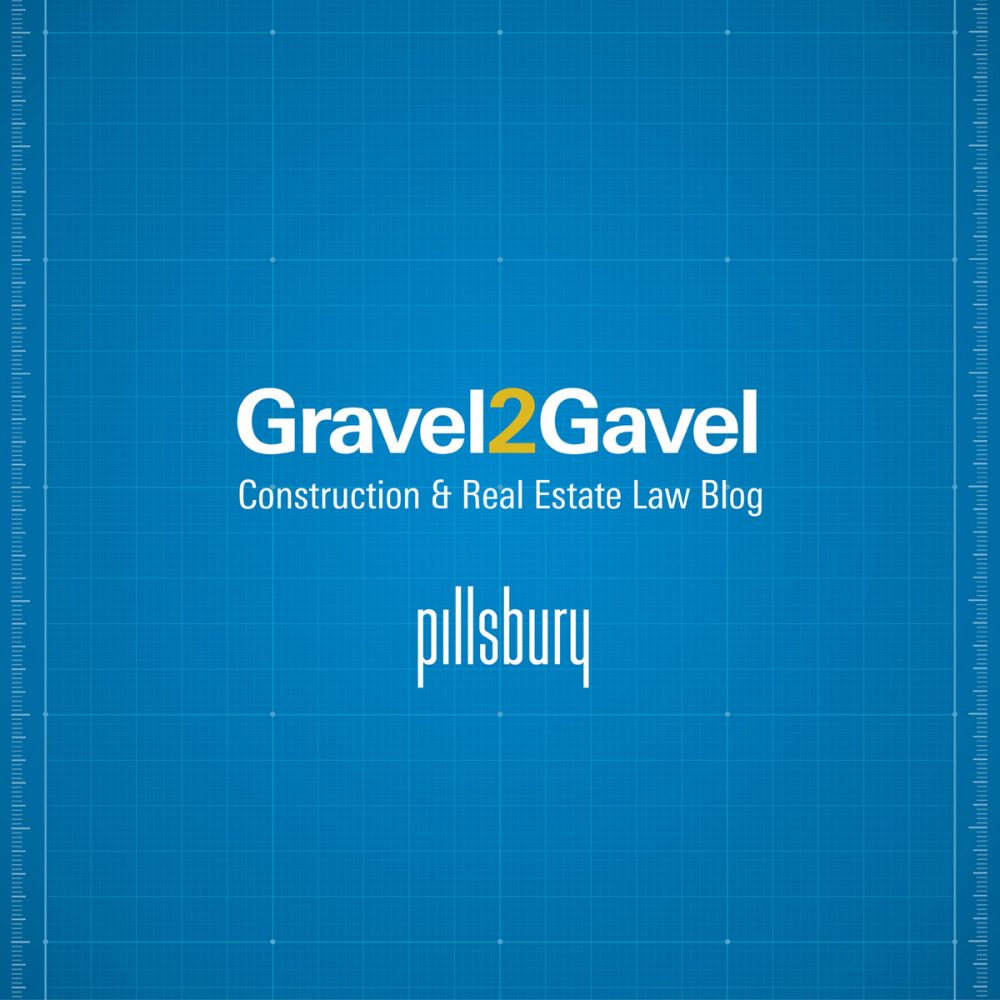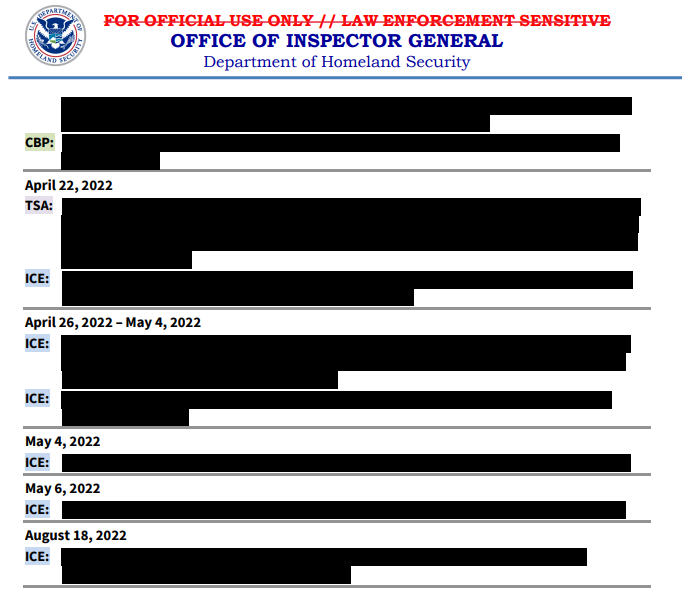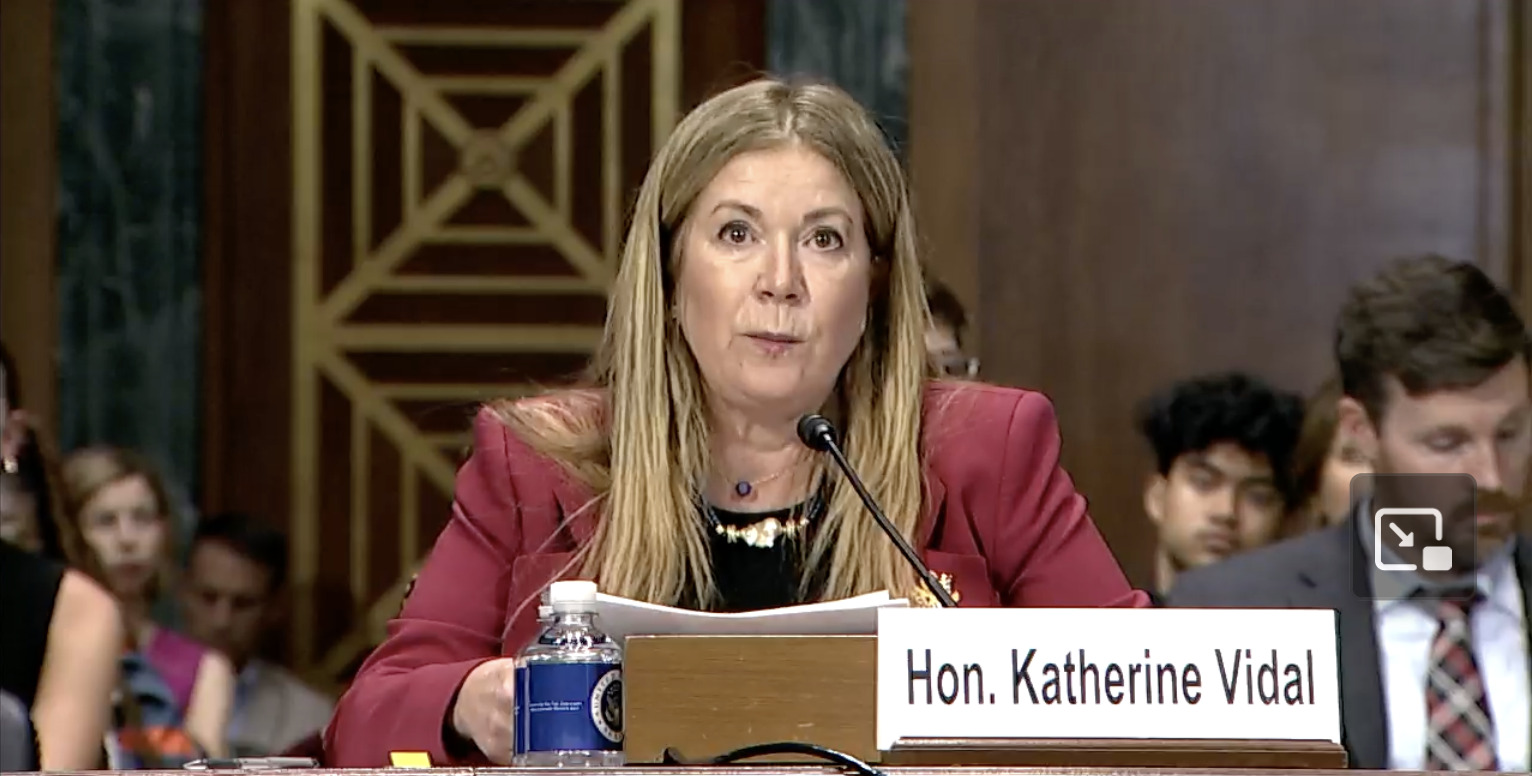Federal Circuit to Sit En Banc to Hear LKQ v. GM Case on Obviousness for Design Patents | Sterne, Kessler, Goldstein & Fox P.L.L.C.
[co-author: Peter VandeVort, Summer Associate]
For the first time in over five years, the US Court of Appeals for the Federal Circuit will be hearing a patent case en banc. The Court has agreed to hear LKQ Corporation v. GM Global Technology Operations LLC, which questions the current standard of non-obviousness that is applied to design patents. LKQ used to act as a licensed repair part vendor for GM. After renewal negotiations fell through in early 2022, GM informed LKQ and its business partners that the parts LKQ was selling were no longer licensed and therefore infringed GM’s design patents. In response, LKQ sought to invalidate GM’s auto fender design patent in an inter partes review. The U.S. Patent and Trademark Office (PTO) ruled in GM’s favor. LKQ appealed to the Federal Circuit, arguing that the standard for obviousness for design patents must be altered to more closely parallel the standard used for utility patents. The three-judge panel rejected LKQ’s argument, but on June 30, 2023, the full Federal Circuit agreed to hear the case en banc.
As the law currently stands, for a challenger to invalidate a design patent claim based on obviousness the challenger must satisfy a two-step test. First, the challenger must show there is a single primary reference which has “characteristics [that are] ‘basically the same’ as the claimed design.” Second, the challenger must show that the gap between the primary reference and the claimed design can be bridged by one or more secondary references. These references must be related enough in appearance to the claimed design that “an ordinary designer would have modified the primary reference to create a design with the same overall visual appearance as the claimed design.”
This, according to LKQ, stands in sharp contrast to the more fluid standard for obviousness in utility patents. In 2008, the US Supreme Court in KSR v. Teleflex rejected strict tests in determining obviousness for utility patent claims. KSR held that an ordinarily skilled inventor could look beyond the field of the problem trying to be solved to create a unique solution. The Court stated that obviousness inquiries should use “an expansive and flexible approach” rather than “a rigid rule.”
GM argues that there is no clear reason to overturn decades of established case law on obviousness in design patents. The current two-step test provides certainty for all parties involved and should not be changed when reexamining the wording of a case that was decided fifteen years ago and only involved utility patents.
If LKQ’s argument is successful, it could dramatically change the design patent landscape. Currently, the obviousness test provides a high degree of certainty for determining when a design is patentable. If the KSR standard is adopted, it is unclear what a more “expansive and flexible approach” may lead to; could a design be obvious if it incorporates bits and pieces of features from designs in several unrelated fields, and what would make their combination obvious to a “designer of ordinary skill?” A change in the test would no doubt impact litigation costs — increasing them as litigants and courts grapple to apply a new standard, which could seemingly provide more avenues for obviousness challenges. Such a change in the law could also lead to inappropriately narrowing the distinctions between the law as it applies to utility and design patents.
We will continue to provide updates and analysis on this case-to-watch up to the Court’s decision and beyond.






